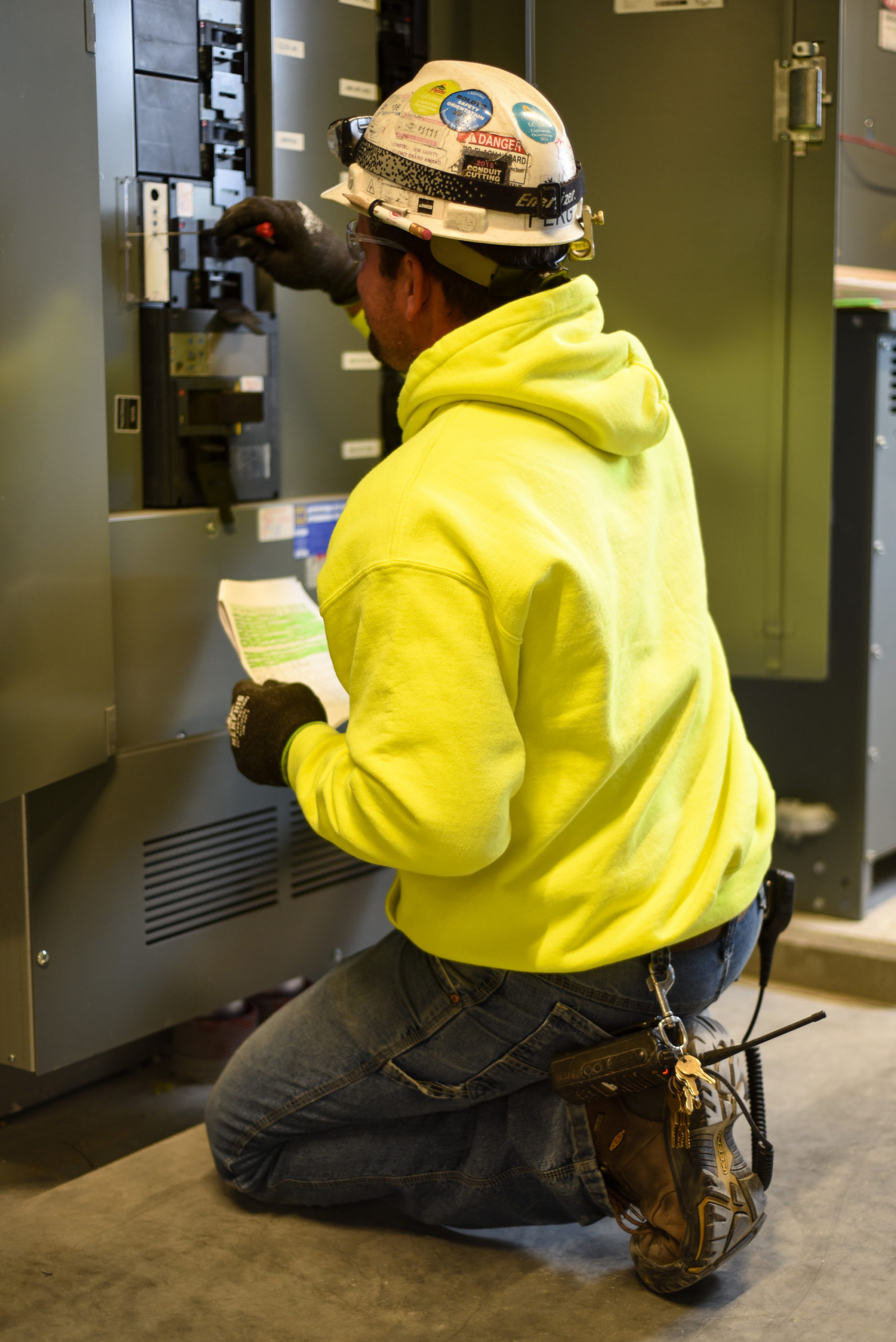07.26.2022
The Value of Service Level Agreements
 Recently, under the grueling summer heat in Kansas, I found myself in a dire situation: my air conditioning was no longer working. It was a sweltering 85 degrees (and climbing) in my house, so naturally, I called to have a service technician come out. At that point I was more than willing to pay any sort of premium rate for same day service. That’s when reality set in; I was told a repair person would be there in approximately 2-3 days. Wait. DAYS?! I sat there frustrated at myself for not having a service level agreement (SLA) with my HVAC company, because I KNOW the importance of it! In the 20+ years of my professional career, within the service industry, I’ve seen the financial impacts to businesses when critical systems and components fail. I’ve witnessed the frustration of unbudgeted, costly service calls.
Recently, under the grueling summer heat in Kansas, I found myself in a dire situation: my air conditioning was no longer working. It was a sweltering 85 degrees (and climbing) in my house, so naturally, I called to have a service technician come out. At that point I was more than willing to pay any sort of premium rate for same day service. That’s when reality set in; I was told a repair person would be there in approximately 2-3 days. Wait. DAYS?! I sat there frustrated at myself for not having a service level agreement (SLA) with my HVAC company, because I KNOW the importance of it! In the 20+ years of my professional career, within the service industry, I’ve seen the financial impacts to businesses when critical systems and components fail. I’ve witnessed the frustration of unbudgeted, costly service calls.
Did you know?
- Unplanned downtime costs the industrial manufacturing industry an estimated $50 billion annually.
- 85% of maintenance is break/fix vs. predictive/preventative maintenance.
- The average cost per hour of equipment downtime is $260,000.
So what exactly is an SLA? It’s an agreement that defines the services that will be delivered, the responsiveness that can be expected and how the performance metrics will be measured. At Faith Technologies and throughout FTI, we’ve identified seven unique types of SLAs for our business:
- Preventative Maintenance: Routine planned maintenance of equipment and assets.
- Predictive Maintenance: Monitors the performance and condition of equipment and/or systems during operations to detect and correct abnormalities before a system fails.
- Emergency Maintenance: Required when an asset or piece of equipment experiences an unanticipated failure or change in condition that results in an outage, safety hazard or critical failure.
- Planned Labor: Purchase of labor to be used by a customer to complete customer-directed tasks using FTI resources and expertise.
- Energy-as-a-Service: Business model in which customers pay for energy services without having to make large upfront capital investments in equipment.
- Software as a Service: A software licensing and delivery model in which software is licensed to customers on a subscription basis and is centrally hosted.
- Software Support Agreement: Provides customers with the most up-to-date software for all future releases, revisions and patches for specified hardware, software and other serviced assets.
In short, before you end up in a situation like I did, I encourage you to consider an SLA to be an integral piece of any vendor/client relationship, for your home or business. Setting clear objectives and working through mutual expectations not only protects assets, but also provides value and peace of mind by minimizing equipment downtime and avoidance of unexpected costly repairs.
If you enjoyed this blog article, please subscribe to stay up to date on the latest industry news from our experts at Faith Technologies.



